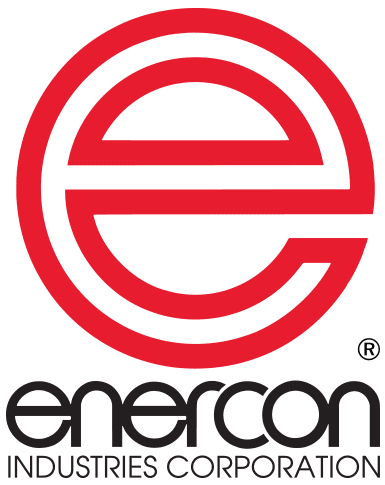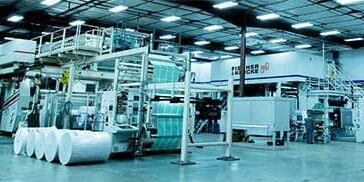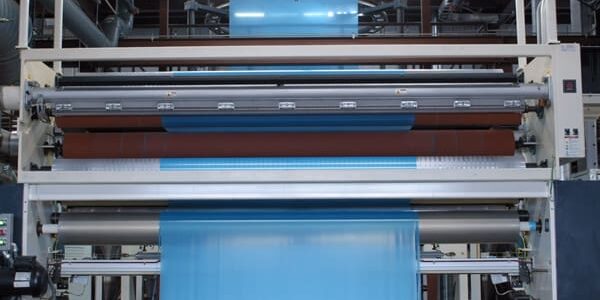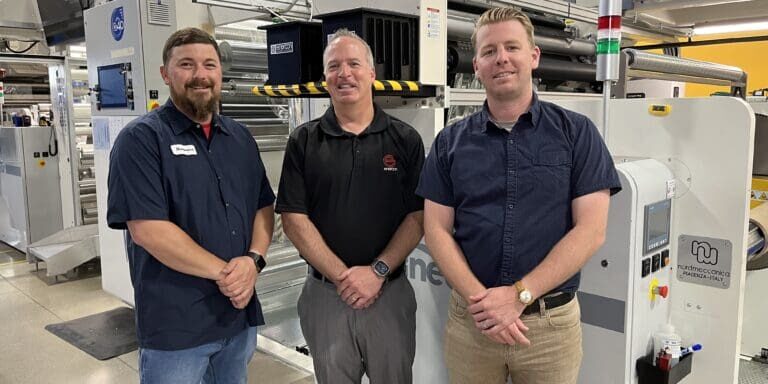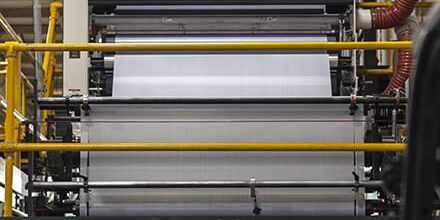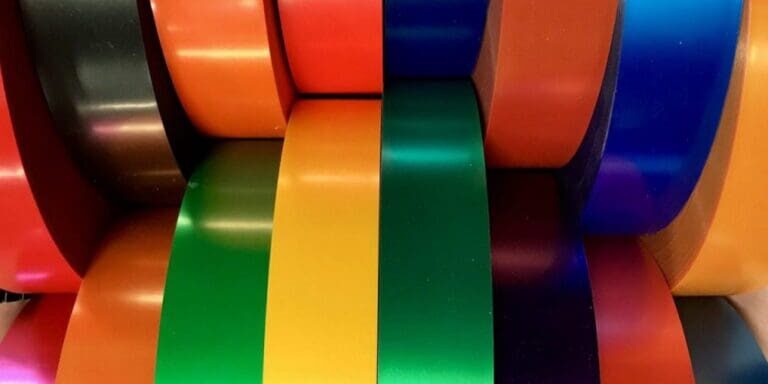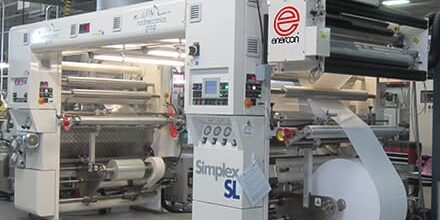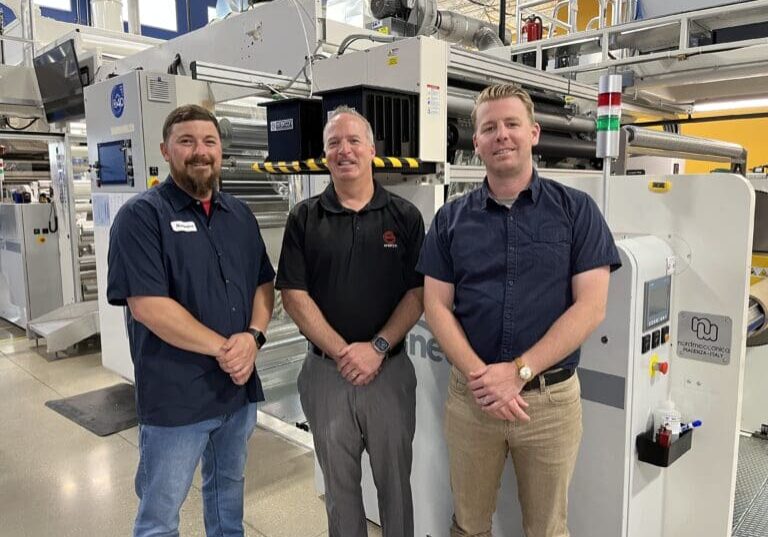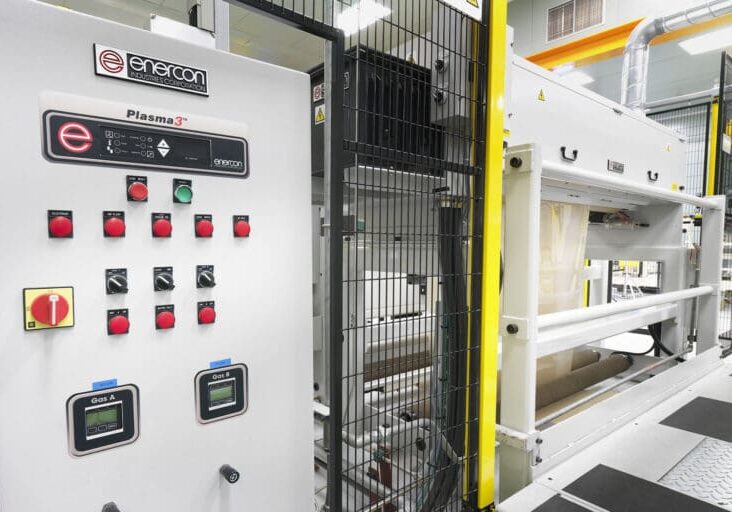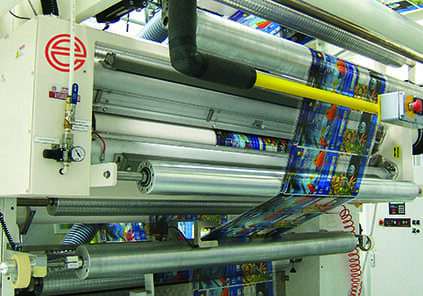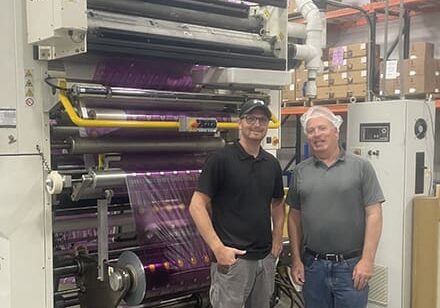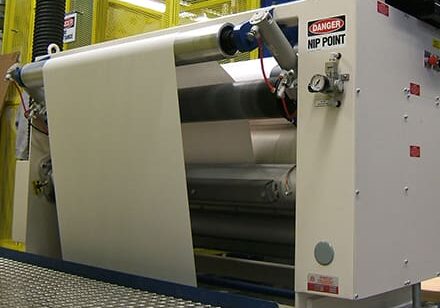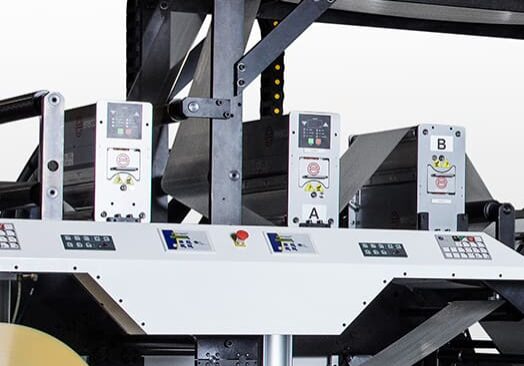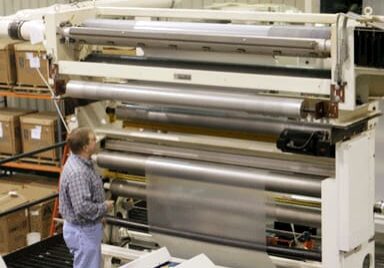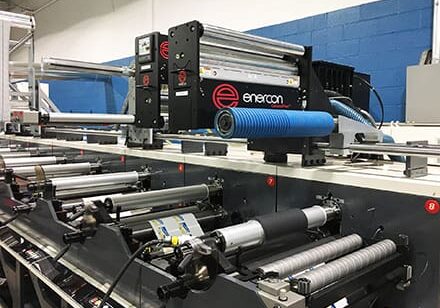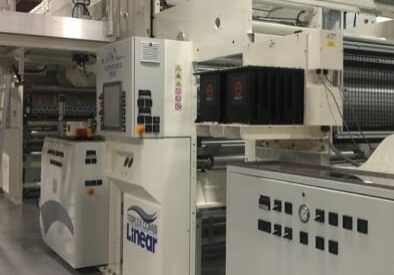LEARN MORE All Articles
Filter by Application
Filter by Technology
Filter by Subcategory
Glenroy® Chooses Corona Treating Technology from Enercon for their Tandem Adhesive Laminator
Release date: 10/4/2023 Enercon Industries Corporation is pleased to announce that Glenroy® Inc. has selected Enercon Corona Treating Technology as they expand their capabilities for producing high barrier film laminations...
Atmospheric Plasma Treatment for APTIV Film
After extensive market research and numerous customer requests, Victrex LLC embarked on a journey to develop a proprietary extrusion line to convert its PEEK resin into film. Mike Percy, Global...
Corona Treatment Builds Better Bonds for BOPP Laminates at Prestige Pak
In 1967, Biaxially oriented polypropylene (BOPP) wasn't regarded as a popular substrate for flexographic printing. James Kuber saw an opportunity and launched flexible-packaging converter Prestige-Pak (now CP Flexible Packaging) in Fond du...
Sev-Rend Combines Sustainable Converting Practices with Innovative Films for Single-Use Packaging
Demand for single-use plastic packaging is growing at the same time that pressure is mounting for more sustainable & recyclable packaging. As a producer of high-performance single-use food packaging, Sev-Rend is leading...
Custom Coating Specialist Thrives with Diverse Use of Surface Treaters
"We've been incorporating things we've learned about coating in the last 20 years and building specialized lines for our specific processes," says Chris Stogbauer, director of engineering for Wausau Coated...
ETI Partners with Enercon to Simplify Label Stock Production
ETI Converting offers fully integrated printing, coating and converting lines that enable production of pressure sensitive adhesive materials and labels, from A to Z, in a single pass. The company’s innovative...
Eagle Film Extruders Soar High with an Eye for Detail That Ensures Flat Film Production
Eagle Film Extruders, Inc. (Grand Rapids, MI) goes to great lengths to produce the "flattest" film possible. As an ISO 9001:2000 certified company, it only uses prime-grade resins and state-of-the-art...
Award Winning Packages with Custom Press and Corona Treater Innovation
When your customers include the global leaders in the highly competitive consumer products market, you need to be prepared to be innovative. Control Group®s’ Chief Operating Officer Jim Imburgia says,...
Corona Treating Medical Packaging for Flexographic Printing and Laminating at Technipaq
Technipaq (Crystal Lake, Il) was featured in Package Printing Magazine for their expertise in converting challenging substrates and innovative packaging to meet sterilization requirements. Their printing operations include a VisionG...

